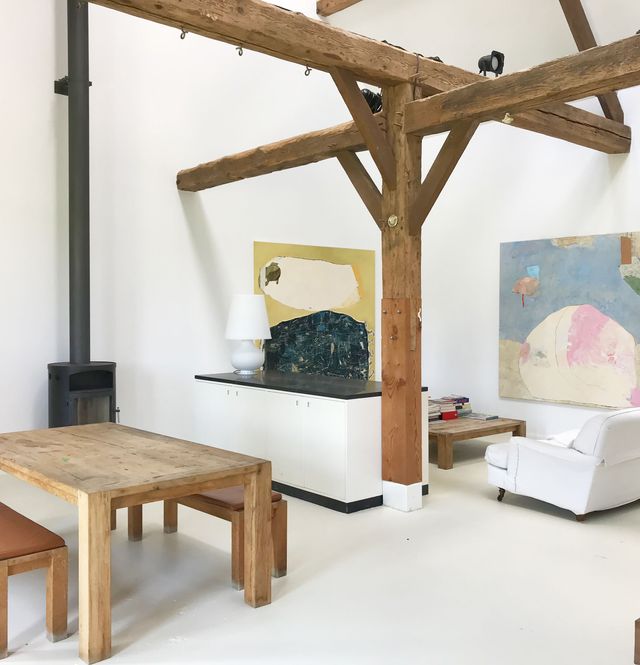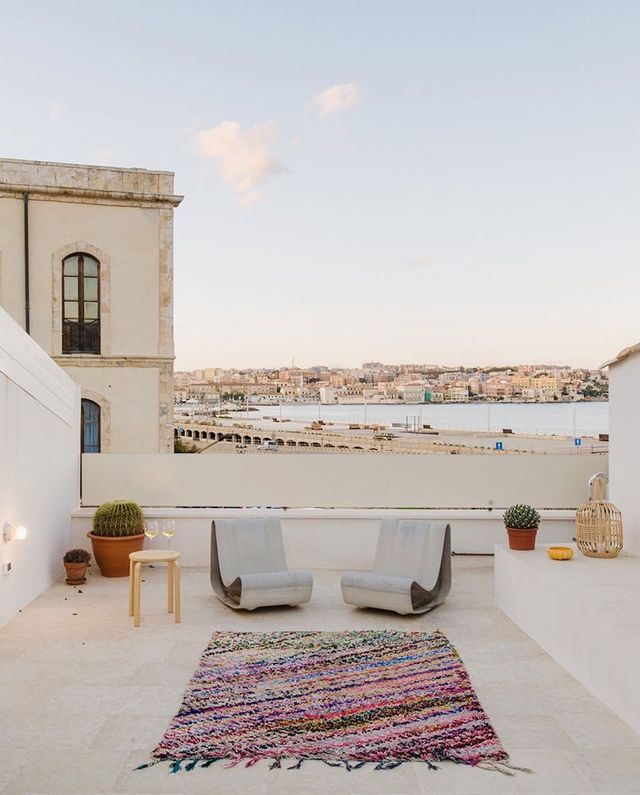Trulli Puglia
Startlingly picturesque, Italy’s conical trulli were built centuries ago as humble agricultural outposts. Now among the country’s most desirable destinations, these fanciful domed and corbelled homes are Puglia’s architectural signature, as Rebecca Withers discovers.
- Category
- Trendspotting
- Written by
- Rebecca Withers
- Published
- January 11, 2023
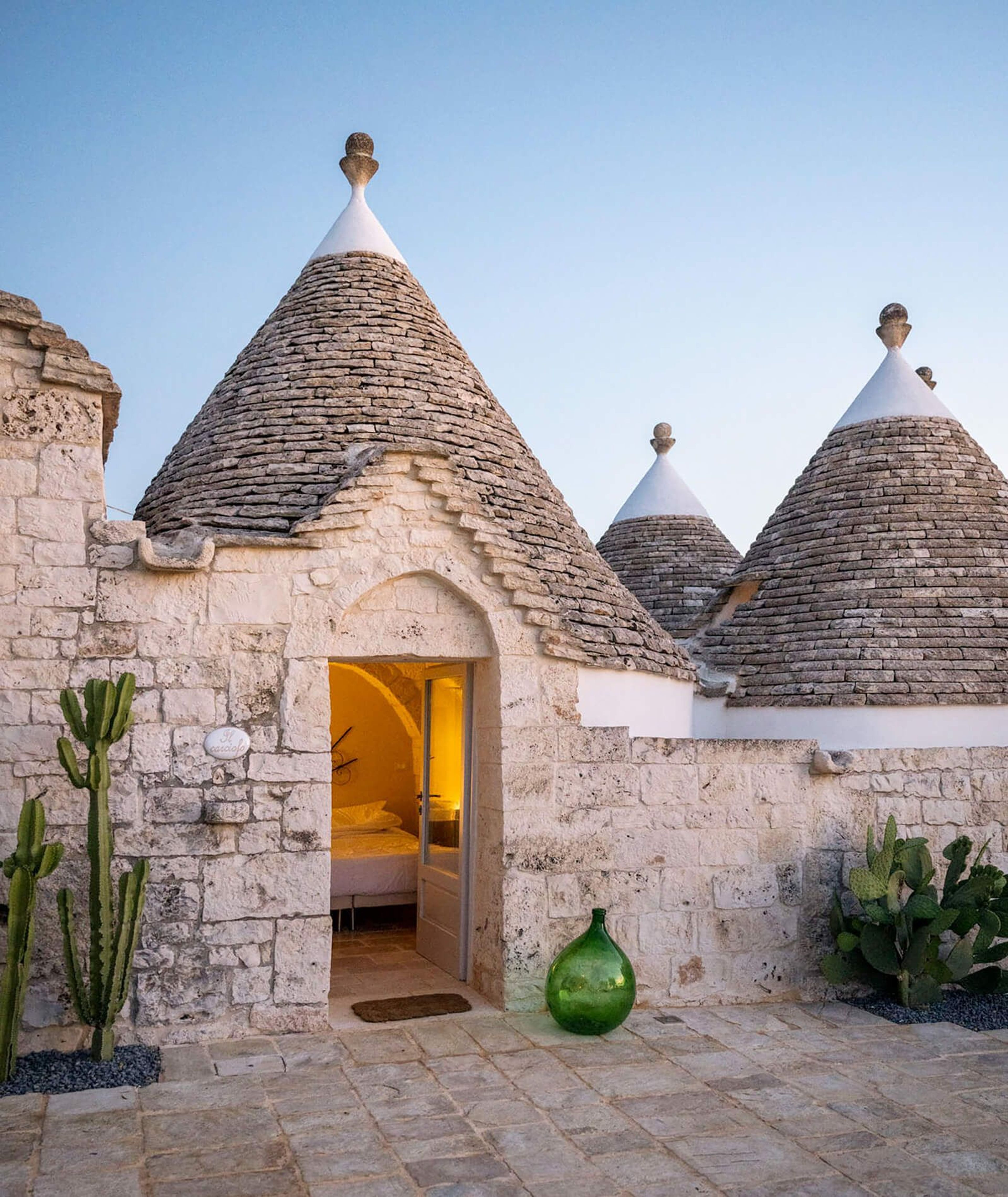
They’re celebrated as “fairytale” and “storybook", the conical darlings of travel writers and globetrotters seeking stays both otherworldly and charmed. UNESCO has bestowed World Heritage status on their delightfully peaked heads, and eager buyers scour the countryside, traveling Puglia’s rural roads in search of their own crumbling remains to transform. That’s a lot of hype for these otherwise modest structures, historically agricultural storehouses before they gained architectural celebrity status. Trulli, it seems, are truly having a moment.
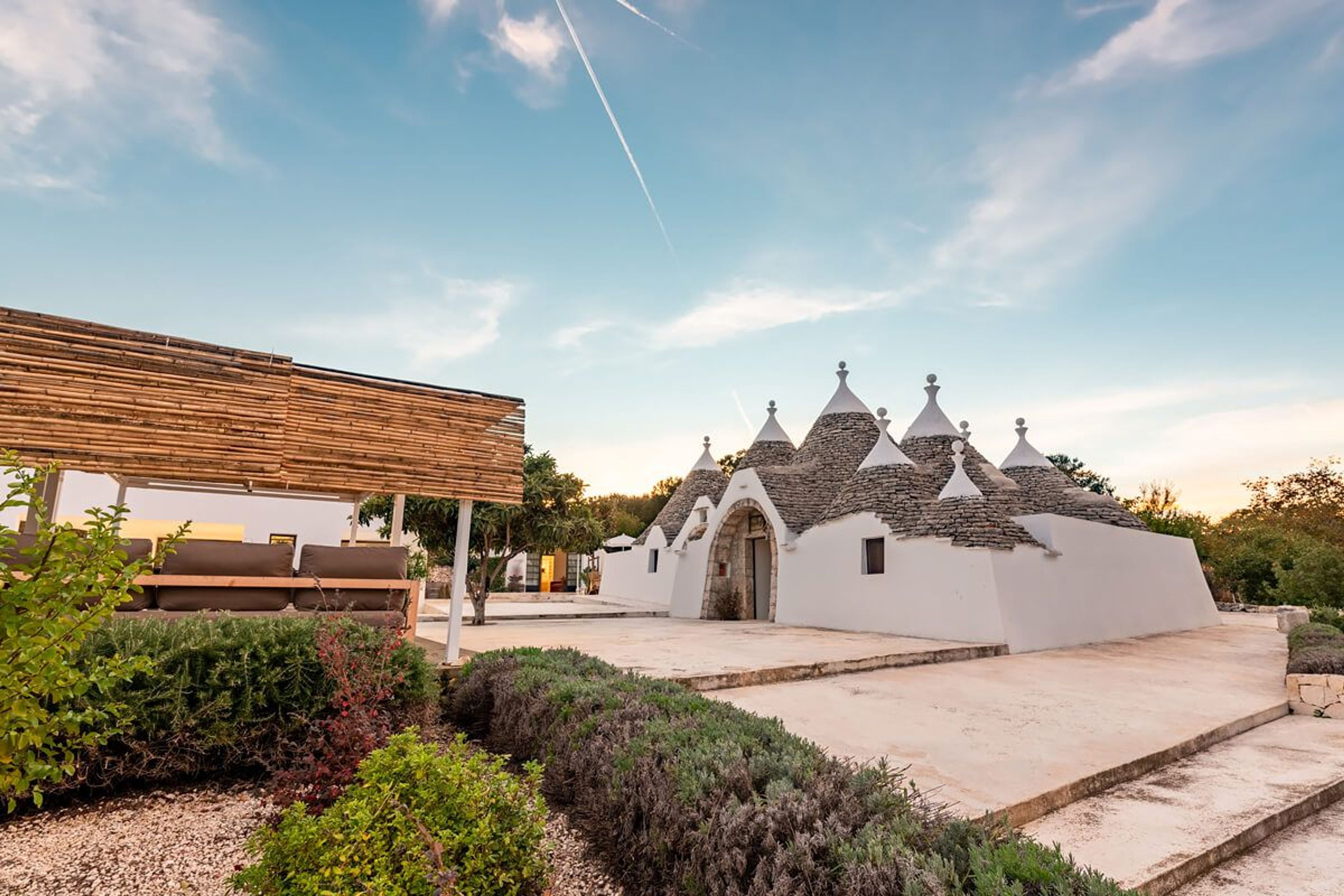
So, what, exactly, are trulli? Architecturally speaking, trulli (singular "trullo") are spontaneous structures, unique to Italy’s sundrenched boot heel, born of necessity and utility. Created to serve as rural outposts, trulli provided temporary shelter to farmers and animals and were also used to stash tools and crops. But their construction originally served an additional purpose. The iconic huts were built in an effort to clear the region’s characteristically rock-studded land for cultivation. As history tells us, trulli were shaped from the heap of stones tossed aside by farmers. Humble origins for such fanciful structures.
Some suggest the trullo’s signature shape may have originated with the early Greek settlers who colonized the area, but historians point to the 14th and 15th centuries as the time of trullo’s architectural explosion. Agrarian settlers in the area had fallen under a financial edict of the king. To avoid taxation, ingenious farmers created the mortar free, dry-stacked stone structures because they could be easily demolished—no building, no tax due. And within a century, peasant families of the area had formed a community in Alberobello, a village where trulli became homes and underwent architectural additions such as cisterns, stairwells, and rectangular annexes.
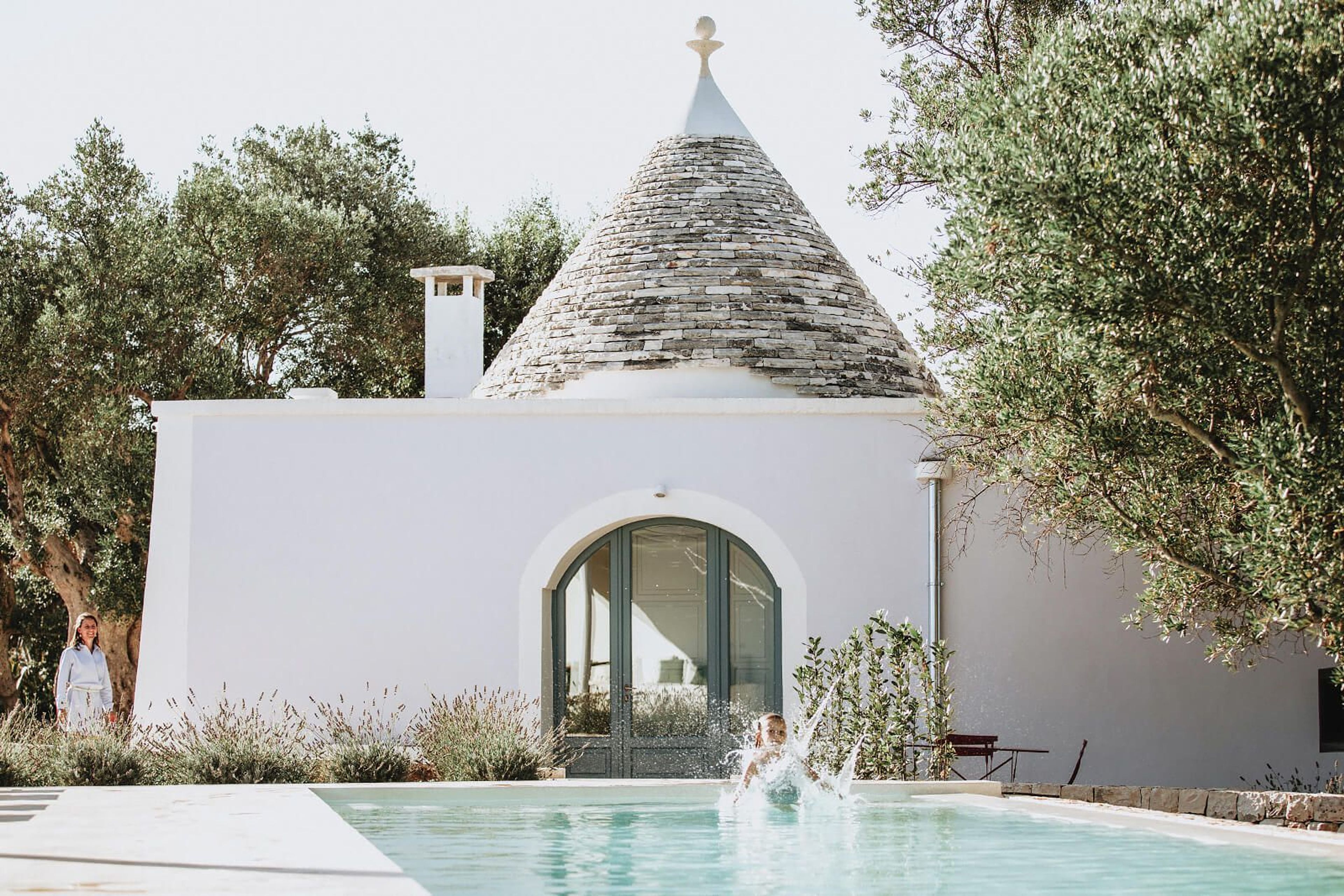
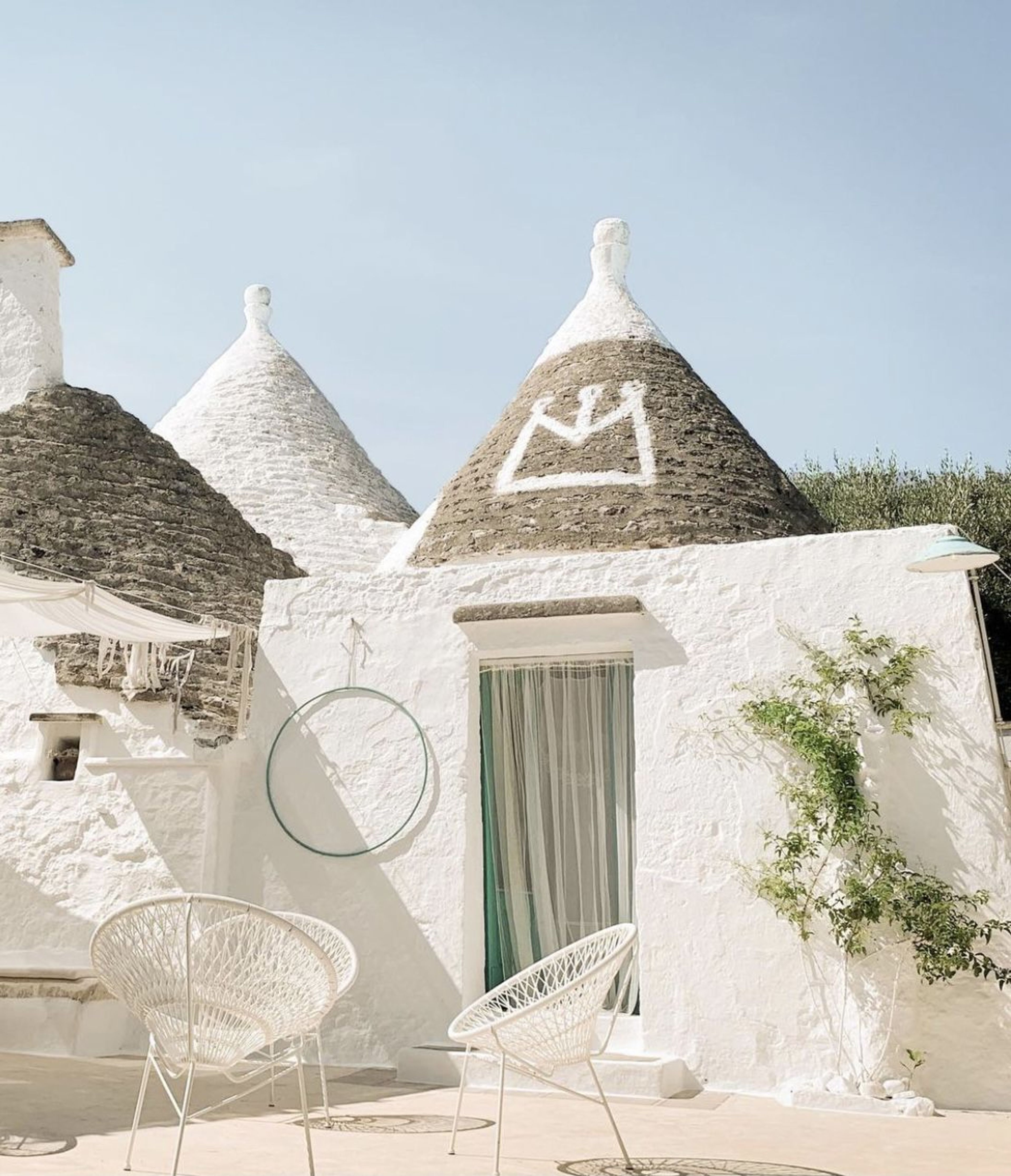
Formed by limestone walls built directly on bedrock in two layers, the trullo’s defining characteristic is that it is a dry-stacked structure, meaning no mortar or other binding material holds it together. The trullo’s core is created of dry-stacked rubble for the walls and wedge-shaped stones for the ceiling. A watertight outer façade is then added, created from honed stone installed by masons known as master trullaros. Stone blocks form the trullo’s walls and the iconic roofs are installed in corbelled limestone.
Trulli roof slabs are called chiancarelle, and the structures’ stacked, domed tops are crowned by a decorative pinnacle believed to ward off evil and to put each mason’s personal stamp on their trullo creation. Traditionally, trulli walls were whitewashed, while their stacked stone roofs were left raw and natural. Some trulli roofs bore mythological or religious markings in white ash, a trait mimicked in white paint at some restored trulli today.
To earn UNESCO World Heritage status, the 1,600+ trulli of Alberobello met select criteria beyond their architectural allure. Displaying the long-term use of a unique, dry-stone building technique native to the Mediterranean for millennia, say UNESCO, trulli stand as a shining example of vernacular architecture in a historical context and an example of human settlement that celebrates and retains its original form to a remarkable extent.
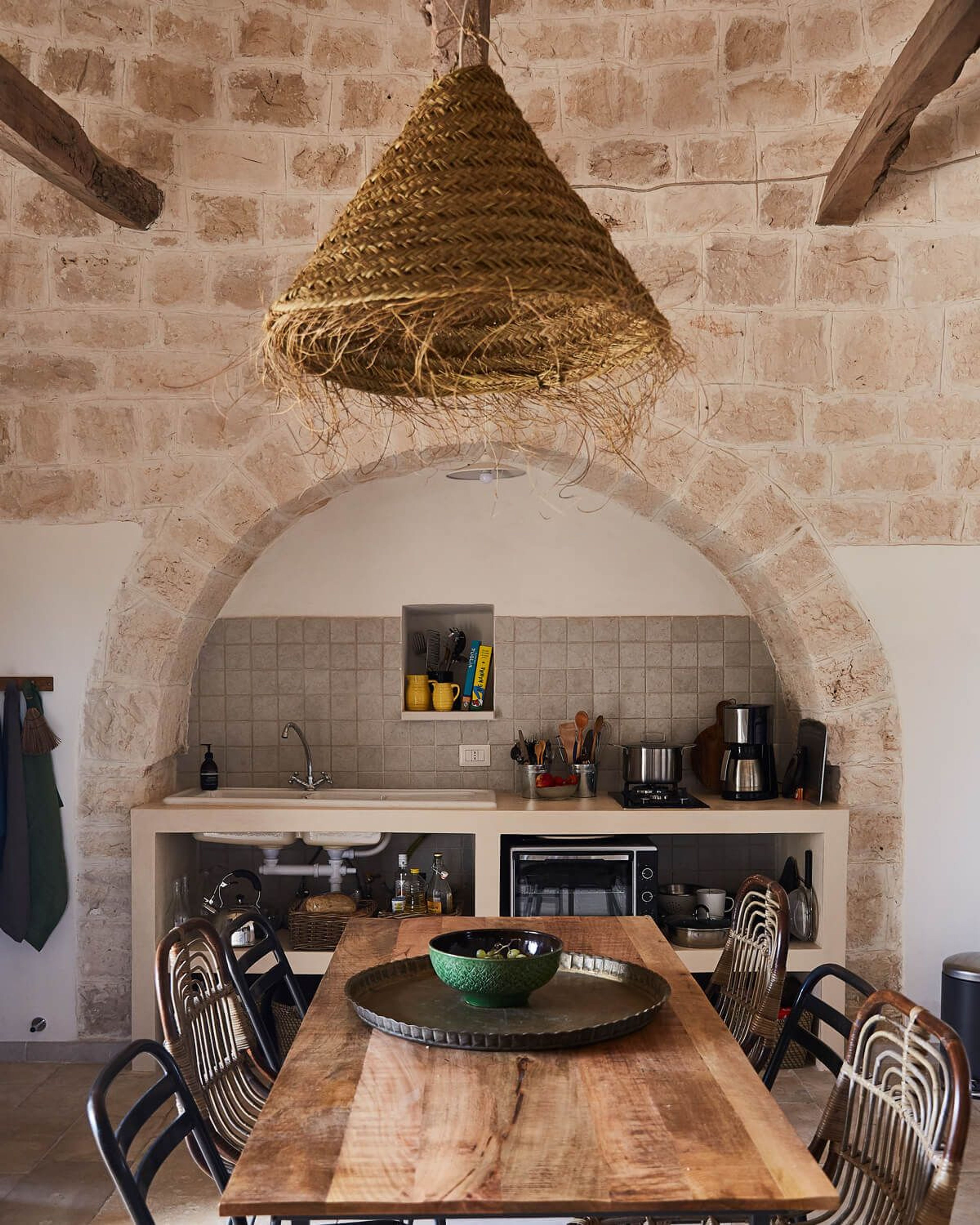
Here at BoutiqueHomes, we’re as taken with Italy’s famed trulli as the many visitors to the Itria Valley. Undeniably adorable, the whimsical structures with their Smurf-hat rooflines jutting from the limestone-pocked landscape offer an immersive travel experience—a taste of Puglia’s rural past. Given the simplicity of their design and construction, the preservation of trulli in their authentic form and décor is something we can get behind. The chic little huts have become the region’s architectural signature, and when restored out of respect for its rich cultural identity, the picturesque domes connect Puglia’s past and present with artistry and panache.
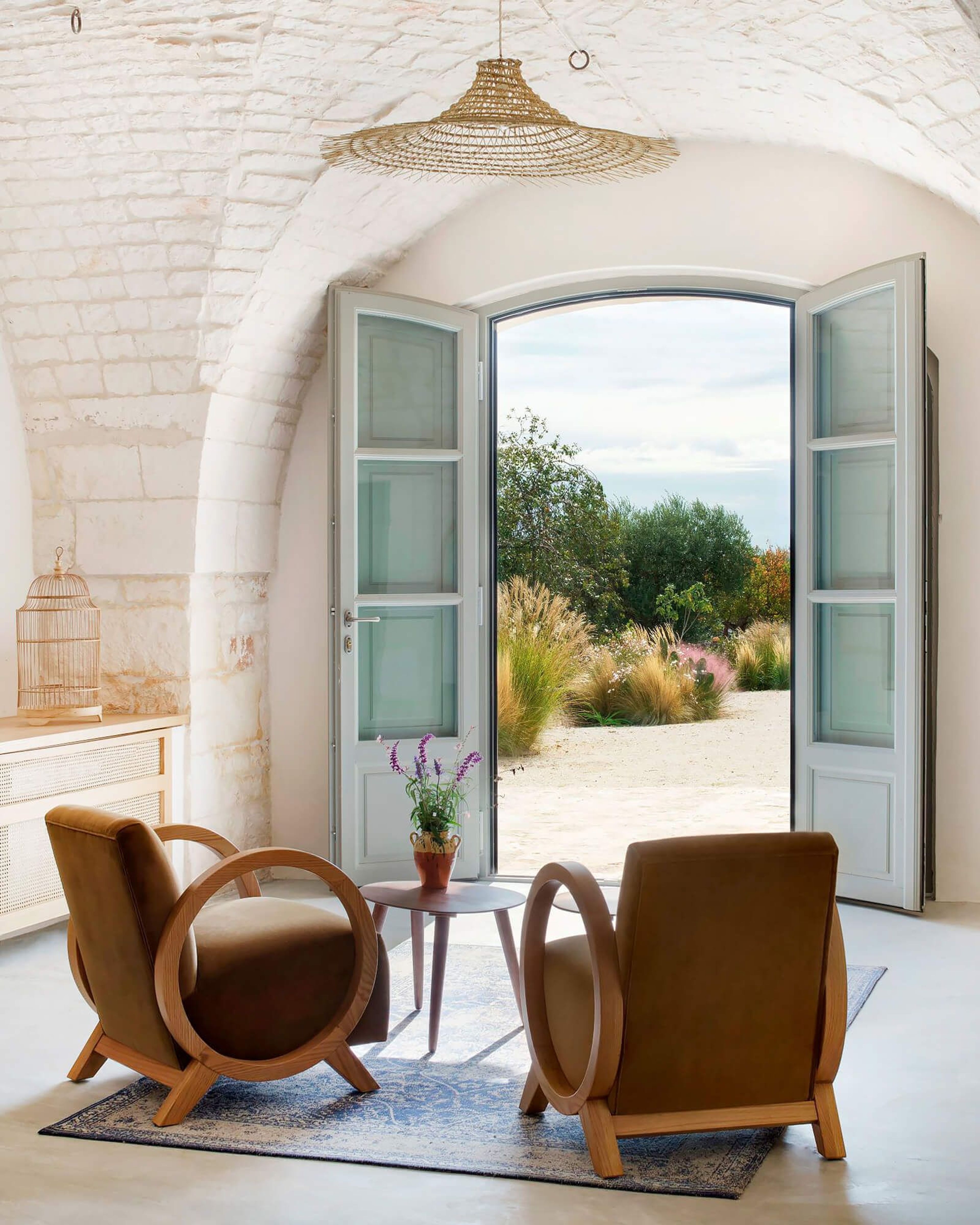
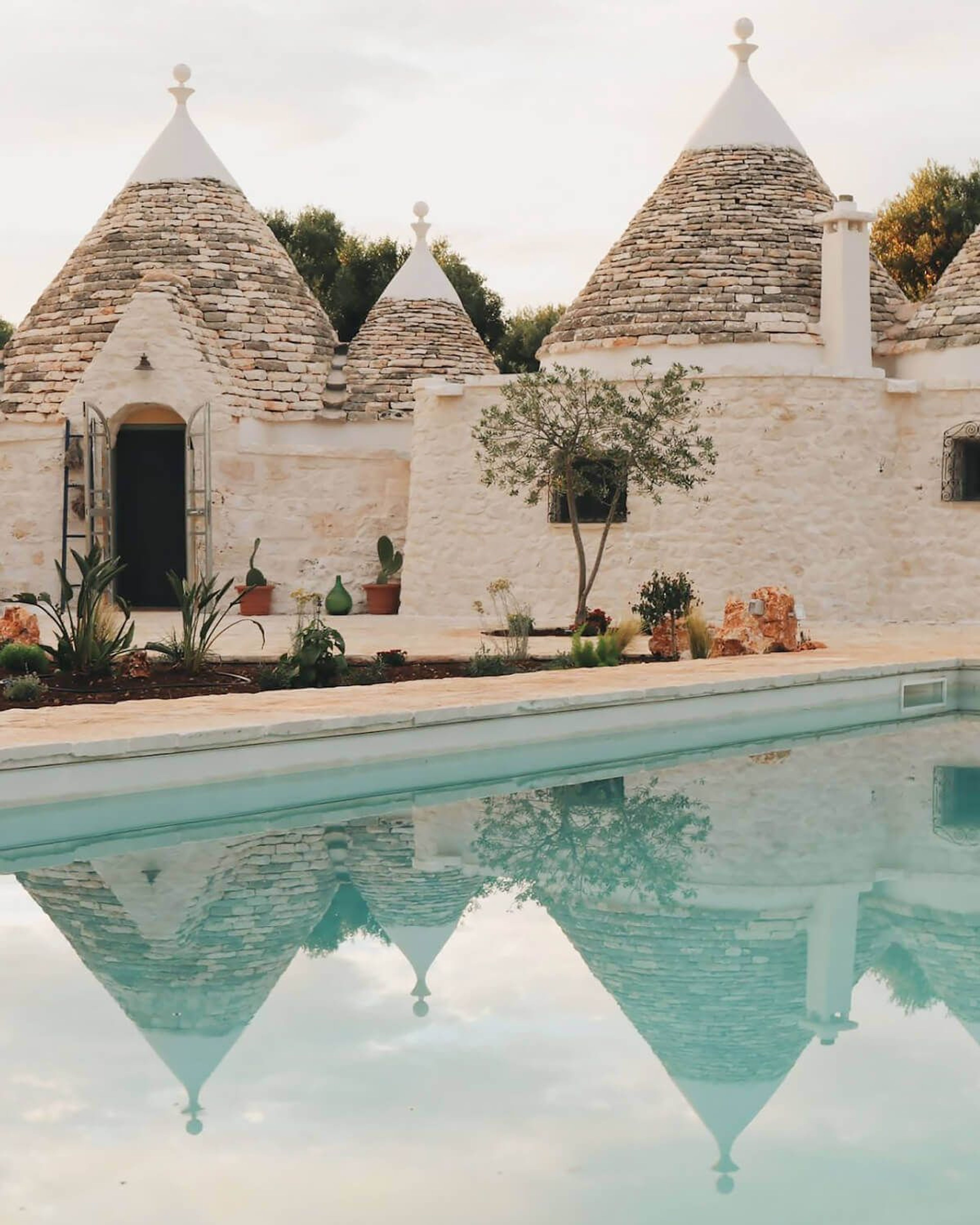
We've shared just a few notable trulli restorations to whet your appetite; from top, Casa Badra, Trullo Santa Pazienza, Fasano Trullo, Trullo Nostrano, Trullo Boemia, Trulli del Trappeto, and Borgo Silentio. To discover more of these historical Puglian gems, click here.
